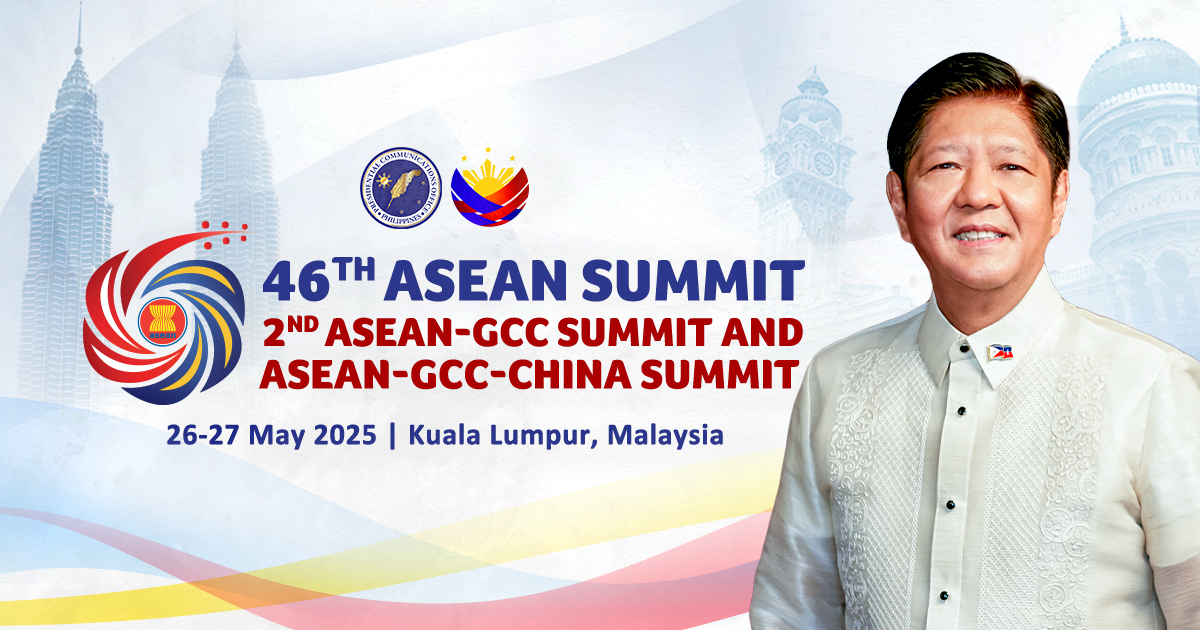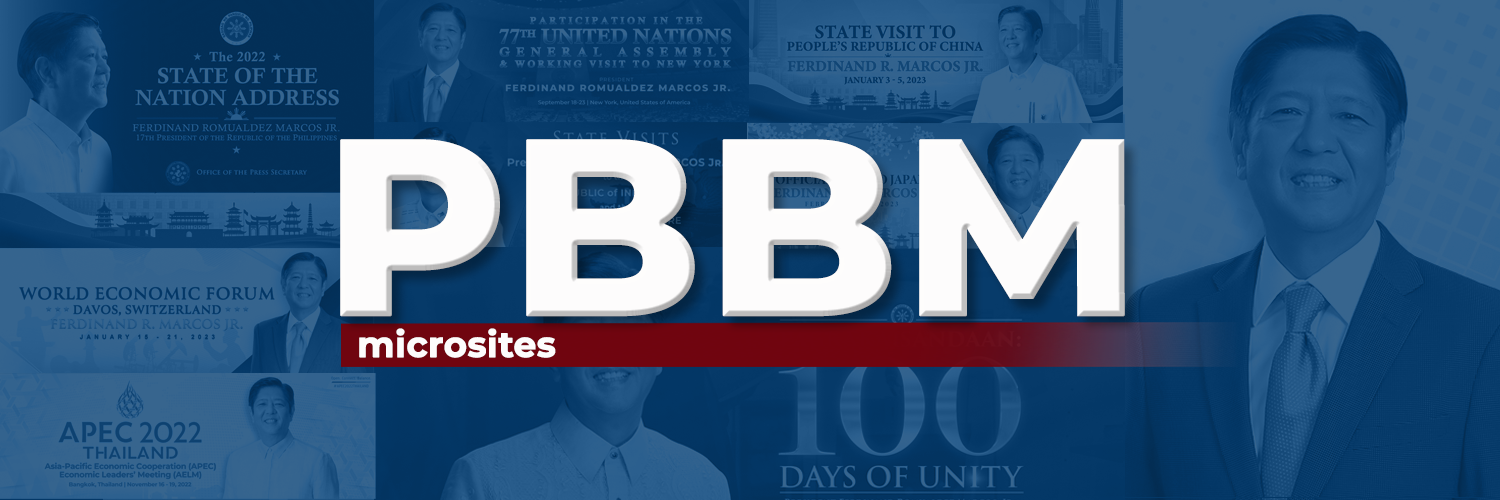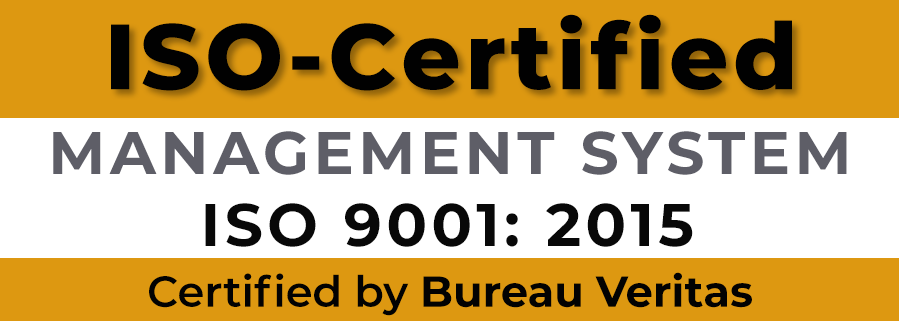October 19, 2015 – News Releases
 |
| October 19 2015 |
APEC News Release |
|
|
| Palace reports government agencies’ response to Typhoon Lando |
| Presidential Spokesperson Edwin Lacierda on Monday reported that various government agencies and units have worked continuously over the weekend to minimize the damage caused by Typhoon Lando.
“Of the 4,892 families or 20,492 persons affected in Regions I, II, III, IV-A, V, and CAR (Cordillera Administrative Region), 1,830 families or 6,776 persons were preemptively evacuated. As of midnight yesterday (Sunday), the DSWD (Department of Social Welfare and Development) has made available a total of ₱1,169,032,137.15 in standby funds, 196,737 family food packs, and ₱158,164,761.76 worth of food and non-food items.” Secretary Lacierda said in a statement. “As of yesterday (Sunday), power supply has been restored in five cities and 48 municipalities in Ilocos Norte, Pangasinan, La Union, Cagayan, Isabela, Nueva Ecija, Zambales, Tarlac, Laguna, and Benguet,” he added. He further noted that apart from placing its medical teams on standby, the Department of Health has also prepositioned a total of 666 hygiene kits, 2,718 first aid kits, 15,005 jerry cans, and 1,336 family kits in Regions I, II, III, V, and CAR. The Department of Public Works and Highways, he said, has likewise prepositioned operators and heavy equipment to hazard-prone areas in the affected regions, while the Armed Forces of the Philippines has been coordinating with local government units (LGUs) and local disaster risk reduction and management councils (LDRRMCs) to monitor landslide and flood-prone areas for preemptive evacuation. “Our PNP (Philippine National Police) regional office personnel have been deployed to deliver food packs and assist in evacuation centers, while the PCG (Philippine Coast Guard) has directed its frontline units to ready all response assets for possible deployment,” Lacierda said. All these are being done in close coordination with other agencies, among them the departments of science and technology, interior and local government, environment and natural resources, education, agriculture, and energy, he added. “Everyone has been working together to ensure that our response efforts are timely and effective. The NDRRMC (National Disaster Risk Reduction and Management Council) remains on Red Alert and continues to supervise rescue and relief operations,” Lacierda said. The Palace official also thanked the members of the media, civil society, the Red Cross, and NGOs “for their cooperation, for using the unified hashtags #LandoPH, #WalangPasok, #ReliefPH, and #RescuePH, as well as for helping to disseminate alerts and advisories”. “In the interest of efficiency, the NDRRMC, PCDSPO (Presidential Communications Development and Strategic Planning Office) and media have set up a system for monitoring incident reports and referring help requests to the appropriate agencies. We advise the public to follow PAGASA and the Official Gazette for more information and updates,” Lacierda said. As of 3 p.m. on Monday, the Philippine Atmospheric, Geophysical and Astronomical Services Administration (PAGASA) reported that Typhoon Lando was estimated at 40 kilometers (km) north-northwest of Vigan City, Ilocos Sur. The storm is forecast to move north-northeast at 5 km per hour (kph), and is expected to be 300 km north of Itbayat, Batanes by Saturday morning. PND (cl) |
|
|
| President Aquino visits Nueva Ecija, checks condition of typhoon-affected residents |
| President Benigno S. Aquino III on Monday led the distribution of relief goods, including non-food items, such as blankets, plastic mats and mosquito nets, to residents of Nueva Ecija province who were affected by Typhoon Lando (international name Koppu).
President Aquino arrived at the Nueva Ecija National High School at 4:30 p.m. to check the condition of the affected residents and to assess the situation on the ground. During his visit, the President distributed food packs, each containing six kilos of rice, canned goods and 3-in-1 coffee. The Chief Executive also handed out family kits, each of which was made up of a kawali, a ladle, cups, plates, plastic mats, a blanket and a mosquito net. President Aquino was accompanied by Social Welfare Secretary Corazon Soliman, Public Works Secretary Rogelio Singson, Health Secretary Janette Garin, and Agriculture Secretary Proceso Alcala during his visit to Nueva Ecija. After the distribution of relief goods, the President met with his Cabinet officials, Nueva Ecija Governor Aurelio Umali, Cabanatuan City Mayor Julius Cesar Vergara, and Department of Social Welfare and Development Region 3 officials. The Nueva Ecija National High School has been transformed into an evacuation center and is currently home to 204 families, consisting of 961 individuals from 11 barangays affected by the floods. Earlier, Presidential Spokesperson Edwin Lacierda said coordinated efforts among government agencies and units are being undertaken to ensure timely and relevant immediate response in typhoon-hit areas. Secretary Lacierda said the National Disaster Risk Reduction and Management Council (NDRRMC) remains on Red Alert and continues to supervise rescue and relief operations. Typhoon Lando has weakened as it traverses the coastline of the Ilocos provinces, said the Philippine Atmospheric, Geophysical and Astronomical Services Administration (PAGASA). At 5 p.m. on Monday, Typhoon Lando was located 55 kilometers (km) west of Laoag City, Ilocos Norte, with maximum sustained winds of 105 km per hour (kph) near the center and gustiness of up to 135 kph. The storm is forecast to move north-northeast at 5 kph, and is expected to be 360 km north of Itbayat, Batanes by Saturday afternoon, the state weather bureau reported. Public Storm Warning Signal No. 2 has been raised over Ilocos Norte, Ilocos Sur, Abra, Apayao, Kalinga, Mt. Province, and Cagayan, including Calayan and Babuyan group of Islands.Meanwhile, Public Storm Warning Signal No. 1 has been raised in La Union, Pangasinan, Ifugao, Benguet, Batanes, Isabela, Quirino, Aurora, Nueva Vizcaya, Nueva Ecija, Zambales, Tarlac and Pampanga. PND (jm/co) |
|
|
| APEC Energy ministers welcome new Initiative for Enhancing Quality of Electric Power Infrastructure |
| (LAPU-LAPU CITY, Cebu) Energy ministers of the Asia-Pacific Economic Cooperation (APEC) member economies welcomed the new APEC Initiative for Enhancing the Quality of Electric Power Infrastructure, as they took into consideration not only resilience to extreme weather events but also lifecycle costs, environmental impact, responsiveness to changing market circumstances and business continuity.
The statement of support was included in the ministers’ joint statement that was issued at the conclusion of the 12th APEC Energy Ministers’ Meeting held here last week. The Initiative for Enhancing the Quality of Electric Power Infrastructure was proposed by Japan and co-sponsored by the Philippines, Chinese Taipei, Peru, and the United States. The project, which is expected to be completed in 2017, is related to the APEC Ministerial Meeting in Beijing, China in December 2014, where ministers recognized that lifecycle costs, environmental impact, and safety, including resilience to natural disasters, constitute key elements of infrastructure quality. The APEC ministers noted that energy demand is expected to increase in the medium to the long term, which leads to large investments in developing energy infrastructure. They cited a report by the International Energy Agency (IEA), which showed that electricity demand in Southeast Asian countries would steadily increase by 140 percent between 2012 and 2035. This is expected to lead to a cumulative investment of about US$990 billion in the power sector. In the meantime, the ministers declared that it is necessary to develop energy infrastructure, not in terms of short-term financial interest, but in terms of long-term and appropriate perspectives considering lifecycle costs, carbon dioxide emissions reduction, and resilience. Moreover, they said it is important to note that there are a lot of issues to be considered on electric power infrastructure, such as stable energy supply; best energy mix; geopolitical considerations; energy security; diversification of energy procurement; energy prices; emergency response measures; safety; regional development; and social problems. In light of these circumstances, the energy ministers pointed out the need to promote high-quality electric power infrastructure in the APEC region, and the Energy Working Group (EWG) is an appropriate forum for developing a guideline for developing high-quality electric power infrastructure. The objectives of the initiative include conducting a survey on the current state and outlook of electric power infrastructure in the APEC region, formulating a guideline for developing high-quality electric power infrastructure, and providing capacity building for disseminating the guideline for policymakers and concerned parties. (APEC Communications Group) |
|
|


















